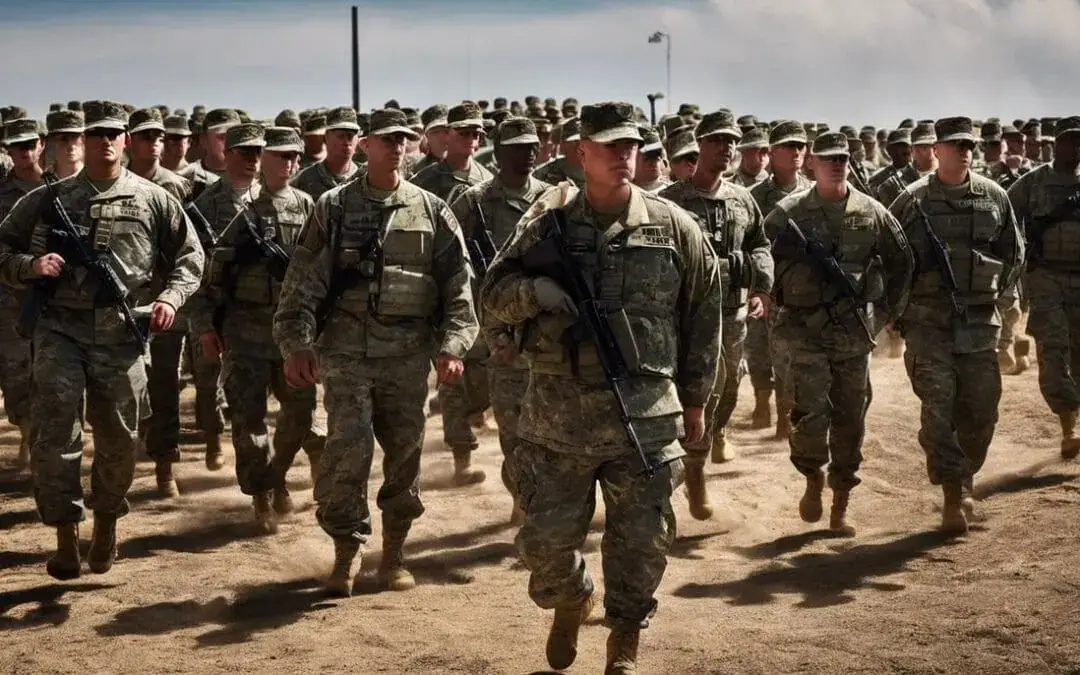

Often deemed as the backbone of the U.S. military, Warrant Officers are entrusted with immense responsibilities and play a fundamental role in reinforcing the command structure of the service. Known for their exceptional leadership skills and comprehensive technical knowledge, these dedicated individuals endure rigorous training and selection processes to secure their coveted roles. This essay seeks to unravel the intricacies that encompass the life of a Warrant Officer in the army, from their appointment and training, their wide-ranging duties, hierarchical positioning, to the inherent challenges and rewards that come with their formidable role.
In an institution as large, intricate, and influential as the United States Army, each role plays an essential part in the overall functioning and strategic execution. Particularly fascinating is the niche category of Warrant Officers, a group of highly specialized experts who function as the Army’s technical foundation. This article aims to elucidate the processes involved in the appointment of these officers and the rigorous training they undergo.
The Warrant Officer cohort is divided into five ranks, namely WO1, CW2, CW3, CW4, and CW5. The appointment generally begins at the Warrant Officer Candidate School (WOCS) situated at Fort Rucker, Alabama. The focus of this school is to produce competent Warrant Officers who can adapt to varying military requirements and remain committed to a career of continuous self-improvement.
Potential candidates for appointment typically require a high school diploma or equivalent, a minimum General Technical score on the Armed Services Vocational Aptitude Battery (ASVAB), and at least five years of successful enlisted service. Warrant Officer appointments also require you to be at least 18 but not more than 46 years at the time of selection.
While the selection board for Warrant Officers is convened annually, appointments are approved by the Secretary of the Army. Then follows the appointment letter, officially designating the individual as a Warrant Officer in the Army of the United States–an honor exclusive and significant.
Post-appointment, the newly inducted Warrant Officers move onto the Warrant Officer Basic Course (WOBC). The purpose of this training is to strengthen expertise in their chosen Military Occupational Specialty (MOS). This course ‘Specialty Specific’, differs from MOS to MOS, and hence the duration can range from five to twenty weeks.
The next stage in their career progression is the Warrant Officer Advanced Course (WOAC). This course is designed for Chief Warrant Officers 2 and 3, aiming to enhance their leader attributes and core competencies. The duration of this course generally falls between four and six weeks. Later, selected officers undertake the Warrant Officer Intermediate Level Education (WOILE) aiming to develop critical thinking skills.
On subsequent advancement to the rank of CW4, these officers are invited to attend the Warrant Officer Senior Staff Course (WOSSC), a course focused on preparing officers for assignments at the operational and strategic level.
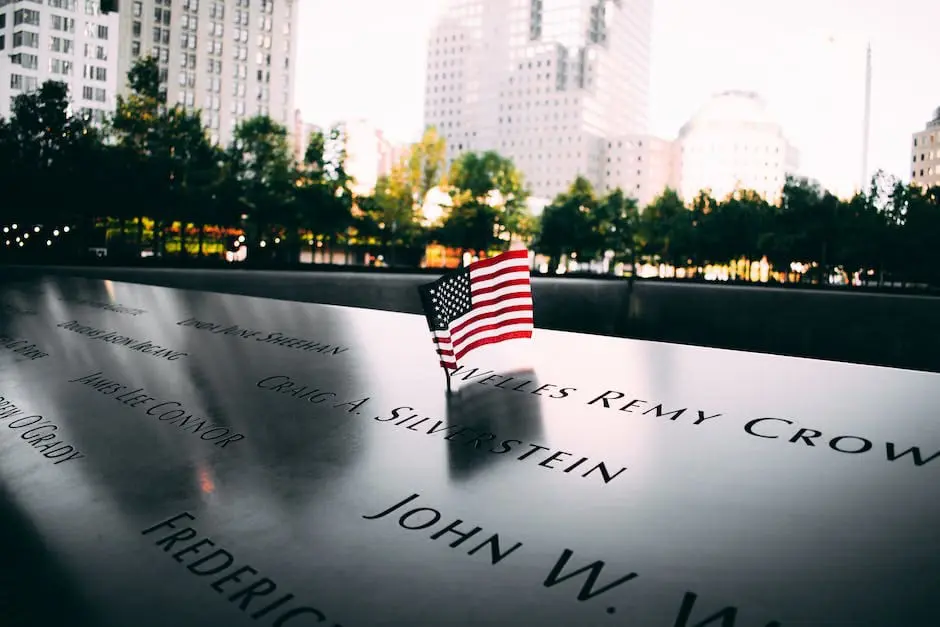
The appointments of Warrant Officers and their subsequent training, therefore, underscore the Army’s reliance on specialized knowledge and technicality. This meticulous and continuous evolution from appointment to training culminates in a cadre of professionals who can efficiently operate, maintain, administer and manage the Army’s equipment, support activities, and technical systems, thus forming an instrumental core within the United States Army’s structure.
Central to understanding the primary functions of a Warrant Officer (WO) in the Army necessitates an exploration of the manifold duties and responsibilities they carry in their unique and crucial role. A far-cry from the more standard expectations of military personnel, the position of a Warrant Officer is a hybrid of expert technical mastery and leadership roles with no true equivalent role in civilian professions.
Foremost among the Warrant Officer’s duties is the requirement to serve as technical systems experts and leaders. This role quite literally fuels the Army’s tactical and strategic capabilities. The modern US Army’s increasing reliance on complex technologies and systems, from cyber command to satellite communications, from deep-sea submersibles to high-altitude drones, means the pivotal role of Warrant Officers is only growing in significance. Warrant Officers are at the vanguard of these developments, mastering new systems, and driving innovation.
Apart from routine operations, Warrant Officers also play an important part in times of crisis. They serve as incident commanders, providing decisive leadership as well as technical expertise during critical events. This combination of operational leadership and technical savvy makes Warrant Officers invaluable in the face of uncertainty and challenge.
Uniquely, Warrant Officers have to become adept at staff coordination, intimately engaging with technical, logistical, and human resource teams. This requires establishing a solid rapport with both enlisted soldiers and commissioned officers, as they often act as a crucial link in the hierarchical chain. Beyond operational coordination, Warrant Officers lead and manage teams, promoting an ethos of continual growth and mastery – a duty they accomplish with dedication worthy of their appointed rank.
The Warrant Officer’s responsibilities extend beyond physical cargoes and personnel; they also handle classified or sensitive information. Such materials require the utmost care and discretion, underscored by the stringent requirements for maintaining operational security, further accentuating a Warrant Officer’s importance within military ranks.
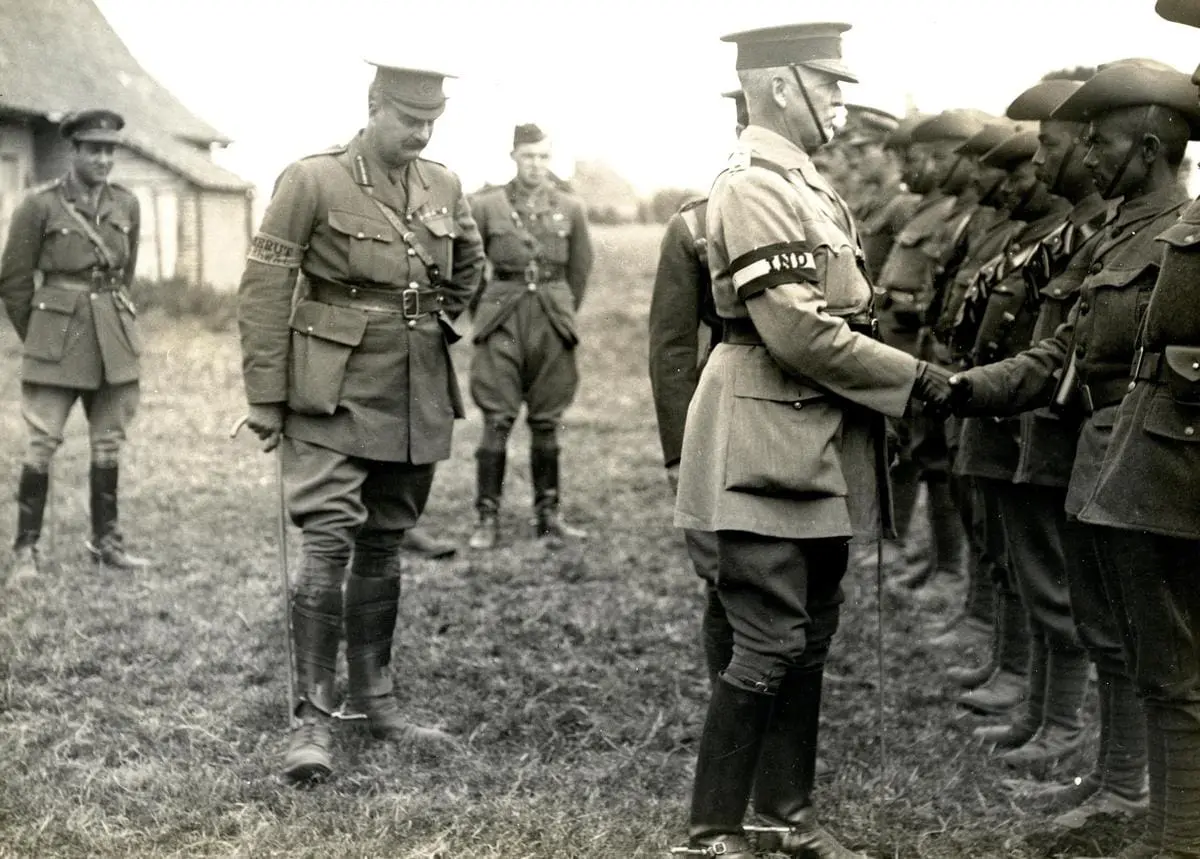
In essence, the exacting role of a Warrant Officer is far-reaching and expansive – embodying impeccable technical knowledge, decisive leadership, unwavering discretion, and dedicated mentoring. They are a cornerstone of the military, providing a bridge between the high-ranking officials and the enlisted soldiers. As the Army continues to evolve technologically, the role of Warrant Officers will only become increasingly integral and critical. They will continue to stand as a testament to the Army’s commitment to expertise, proficiency, and distinctive leadership. Indeed, the level of responsibility and expectation placed upon Warrant Officers is not only a mark of honor but a tribute to their exceptional devotion to duty.
Chronicling the Hierarchy and Reporting Structure of Warrant Officers in the U.S. Army
Expanding on previous discussions, the next intricate layers of the U.S. Army’s organizational structure provide a more granular view of the navigational intricacies involved within the Warrant Officers hierarchy and its associated reporting structure.
At the forefront of this pyramid are the Chief Warrant Officers, who exist in four principal ranks – CW2, CW3, CW4, and CW5. An initial rank of CW1 is granted immediately after completion of Warrant Officer Basic Course (WOBC), contingent upon receiving the appointment letter. Each subsequent rank requires its own set of qualifications, including more advanced training with the Warrant Officer Advanced Course (WOAC), the Warrant Officer Intermediate Level Education (WOILE), and the Warrant Officer Senior Staff Course (WOSSC), respectively. Navigating these ascensions is akin to ascending the stairs, each step making them more specialized, granting them increased leadership responsibilities, and placing them in more challenging roles.
One cannot neglect the integral role of Warrant Officers as overseers of sensitive and classified information. This is inherent to their duties, and they must not only manage the information but protect it with their lives if necessary. Responsible for operating, maintaining, and managing Army equipment, these officers are tasked with maintaining the confidentiality of sensitive data, thus playing a crucial role in national security.
Furthermore, a critical aspect of the duty of Warrant Officers in the U.S. Army is acting as a bridge between the commissioned officers and the enlisted servicemen. This gap-bridging role is often overlooked, but it’s essential to the smooth operation of the military engine. Offering technical expertise and strategic leadership, they serve as a conduit for instructions and decisions. This unifies the different tiers and ensures that strategic objectives are turned into tactical actions on the ground.
It is worth noting that the evolving technological landscape cements the centrality of the Warrant Officers in the U.S. Army. With the growing reliance on complex tactical and strategic technologies, the need for technical experts who can manage and make critical decisions concerning these resources is only multiplied. Warrant Officers are armed with the ability to offer this expertise, stepping up to meet this emergent demand, thereby shifting the Army’s operational dynamics.
Circling back towards the delineated structure of the Warrant Officers, it’s engaging to observe their role as incident commanders during times of crisis. Their seasoned experience, amalgamated with a profound understanding of diverse tactical situations, facilitates the required coordination during emergency situations. Their directive capacity comes to the fore in such moments, showcasing their encapsulated roles, not just as technical experts but as leaders too.
Finally, it is important to underscore their responsibilities in leadership and staff coordination. This includes mentoring younger personnel, coordinating staff actions, and fostering an environment that promotes efficacy and morale, thereby cultivating an Army that’s equipped to safeguard the country’s future.
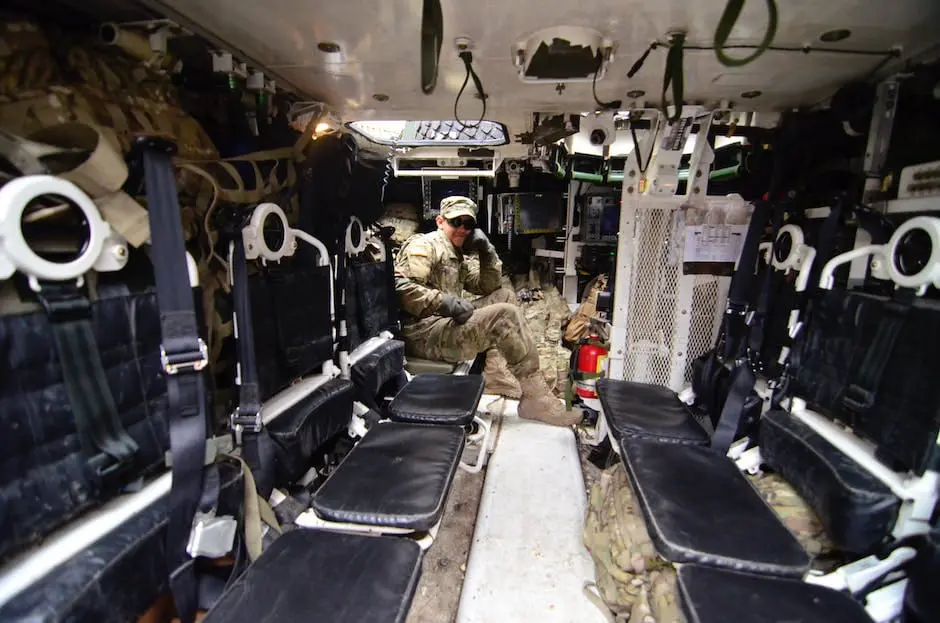
In totality, the journey from a basic Warrant Officer to a Chief Warrant Officer encapsulates a crankshaft of gradual dimensional enhancements, tailored duties, and mounting responsibilities. The synchrony between the hierarchical levels and the reporting structure crystallizes into a distinct Warrant Officer cohort in the Army, driving it towards the horizon of advancement and excellence.
Navigating Potential Challenges and Rewards of a Warrant Officer in the U.S. Army
The phenomenon of being a Warrant Officer (WO) in the United States Army is filled with both rewarding experiences and challenging endeavors. The journey to becoming a Warrant Officer is not for the faint of heart – it is enveloped with an array of challenges that push the resolve and capabilities of an individual. However, rising to the occasion brings rewards that are not only fulfilling but also critically important for the advancement of the U.S. Army.
Among the potential challenges, the necessity for continuous learning and upskilling stands paramount. Being a Warrant Officer requires one to consistently acquire new knowledge and skills to proficiently manage the evolving technologies and systems that the modern U.S. Army is contingent upon. Furthermore, the leadership element must not be underestimated – WOs often serve as incident commanders during crisis situations, a role that demands absolute competence, quick decision-making, and adamantine resilience.
Building rapport with staff members and fostering a healthy coordination pipeline certainly constitute another challenge. A WO is often the bridge between high-ranking officials and enlisted soldiers, thereby acting as a crucial information conduit. The special position Warrant Officers hold accentuates the importance of their ability to communicate effectively and maintain an excellent professional relationship with both enlisted personnel and commissioned officers.
Additionally, the handling of sensitive and classified information puts a serious responsibility onto the shoulders of Warrant Officers. The nation entrusts them with its secrets – a misstep could have severe repercussions. This responsibility, although a challenge, is deemed a privilege by many WOs, bringing out a sense of national duty and pride.
Contrasting these challenges are numerous profound rewards, radiating both personal and professional gratification. WOs undoubtedly impact Army’s tactical and strategic capabilities, holding sway over systemic functioning and performance. Being an instrumental part of such a rigorous and respected institution brings about a real sense of accomplishment.
Seeing soldiers grow, learn, and thrive under their guidance gives Warrant Officers a rewarding sense of influence. This earnest connection with soldier development echoes back to the WO’s role as a bridge, whereby they have the opportunity to directly contribute to the progression and enrichment of the soldiers under their jurisdiction.
The prestige that comes with being a Warrant Officer is indeed a significant reward. These officers are armed forces elite – specialists who not only bring extensive technical expertise to the table but forged operational leadership skills. This unique combination commands respect, recognition, and admiration across all tiers of the military framework.
Finally, the unyielding commitment to continuous learning and upskilling makes Warrant Officers lifelong students and masters of their respective fields. This constant push for knowledge enhancement and vocational mastery brings about dispersion of personal growth, raising the bar of individual aptitude, and fostering a culture of perpetual learning.
Principally, being a Warrant Officer in the U.S. Army is not devoid of challenges; but these challenges pave the way for immense personal and professional rewards. It is a calling that demands dedication, integrity, and an unwavering commitment to serve one’s nation with honor and excellence. This commitment goes beyond the tangible – it touches on a deep-seated desire to serve and protect, to bear immense responsibility, and to be part of a cause greater than oneself.
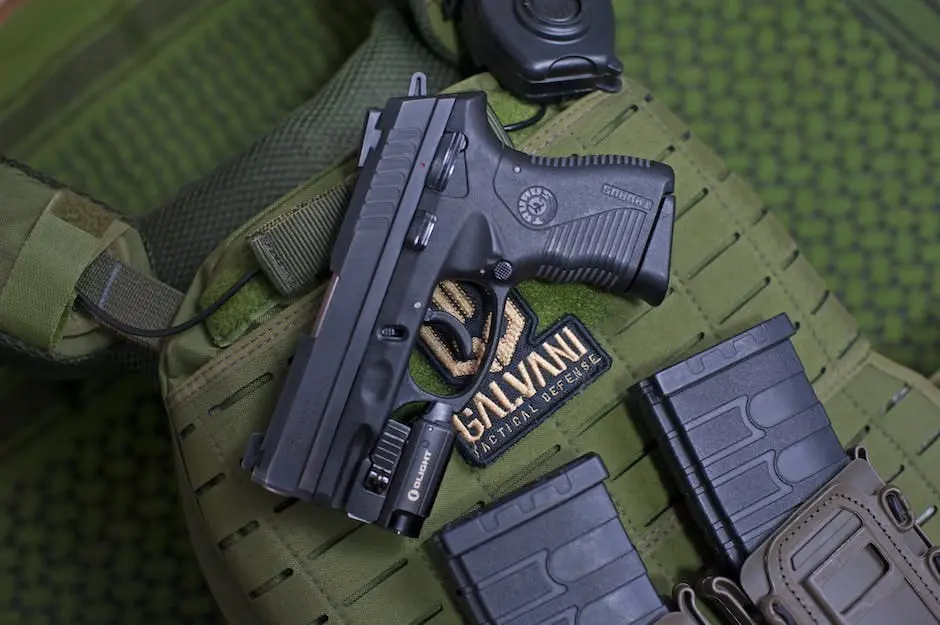
Embarking on a journey as a Warrant Officer is a commitment of highest magnitude that entails a balance of rigorous training, critical strategic expertise, as well as mastering the art of leadership. Amidst the tough hurdles and high-pressure situations, the joy of mentoring young soldiers, steering complex operations to success, and ultimately serving their nation, provides them an unparalleled sense of accomplishment and pride. A Warrant Officer’s journey, while fraught with challenges, epitomizes a life devoted to the principles of duty, honour and country, and their role in ensuring the efficiency of the military machine is indeed laudable.